When it comes to shaping and strengthening your glutes, isolation and control are key. That’s where the glute kickback cable attachment steps in—a simple yet incredibly effective tool for activating the gluteus maximus without placing undue stress on your lower back or knees. Whether you're training at a commercial gym or setting up your home cable machine, choosing the right kickback attachment can make a significant difference in the results you see and feel.
What Is a Glute Kickback Attachment?
A glute kickback attachment is a piece of equipment designed to connect to a cable machine, allowing you to perform rear leg extensions (kickbacks) with resistance. It typically wraps around your ankle, foot, or lower leg, enabling you to drive the working leg back and upward in a controlled arc—isolating the glutes throughout the movement.
There are several styles available, including:
-
Ankle straps: The most common, wrapping around the ankle with Velcro.
-
Foot harnesses: Covering more surface area for better force distribution.
-
Sole loop attachments: Designed to cradle the bottom of the foot for improved leverage and alignment.
Each cable kickback attachment has its pros and cons, but comfort, security, and adjustability should be your top priorities.
Why Choose a Cable-Based Kickback Over Bodyweight?
While bodyweight glute exercises like donkey kicks or fire hydrants are excellent for beginners, resistance-based movements take activation to the next level. A glute kickback cable attachment ensures:
-
Constant tension across the entire range of motion.
-
Progressive overload, allowing you to increase resistance as strength improves.
-
Unilateral training, which helps correct muscle imbalances between sides.
Unlike squat-based movements, glute kickbacks minimize involvement from the quads and hamstrings, making them an ideal accessory move for targeting the upper glute area and refining shape.
My Experience: Why I Swear by Foot-Strap Attachments
In my early training years, I relied heavily on ankle straps. They got the job done but often felt like they were slipping or digging into my skin. After switching to a foot cradle-style cable kickback attachment, I noticed not only better comfort but also cleaner form. The attachment sat under my arch and allowed me to drive my heel up with a more natural, stable motion. That subtle upgrade helped me unlock stronger glute contractions and even improved how I cued my clients during sessions.
For those struggling to “feel it” in their glutes, switching to a more supportive and anatomically friendly attachment can be a game changer.
Tips for Using a Kickback Attachment Effectively
To get the most out of your kickback attachment, keep these cues in mind:
-
Engage your core to prevent lower back compensation.
-
Keep your hips square—don’t twist or lean into the movement.
-
Squeeze at the top and control the return for maximum muscle engagement.
-
Start light to master technique before adding resistance.
Also, experiment with foot placement—some find that a slight external rotation at the ankle better targets the upper glute, while others prefer a straight neutral foot.
Final Thoughts
Whether you’re sculpting a firmer backside or building functional lower body strength, incorporating cable kickbacks with a quality glute kickback attachment can elevate your training. From enhanced activation to greater control and reduced joint strain, it’s one of the most efficient and focused glute isolation moves in any routine. Just don’t overlook the importance of the attachment itself—invest in one that aligns with your training style, and your glutes will thank you.


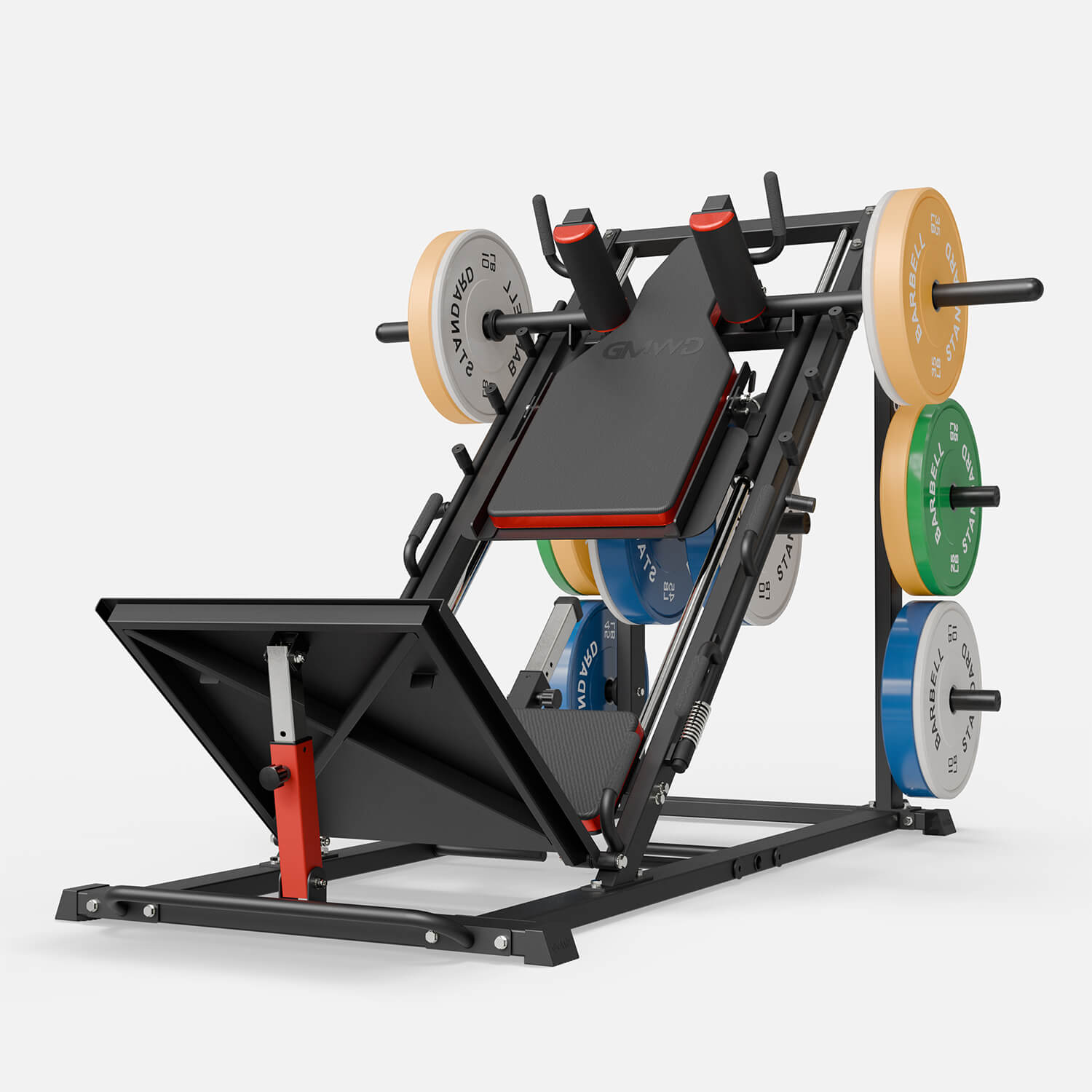


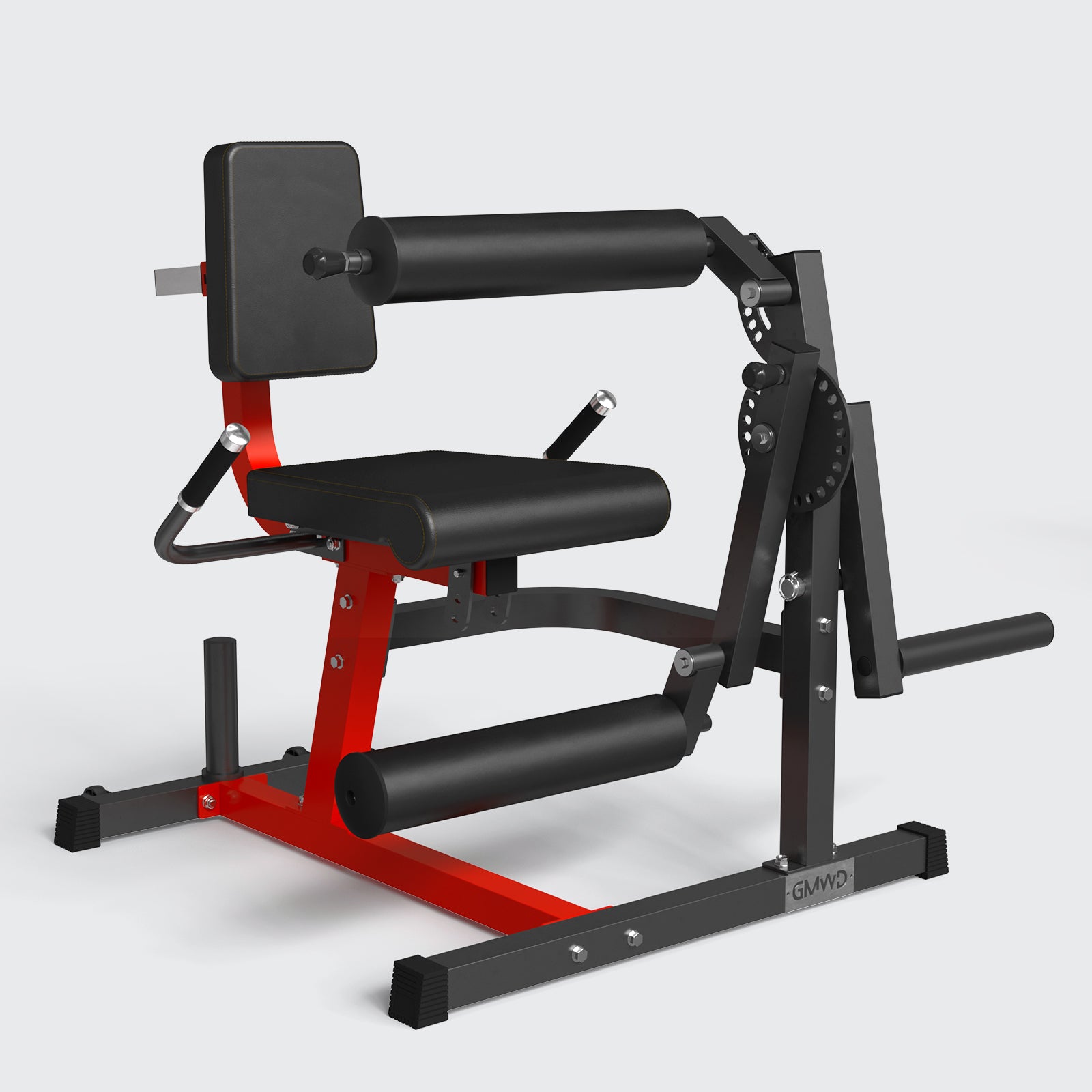
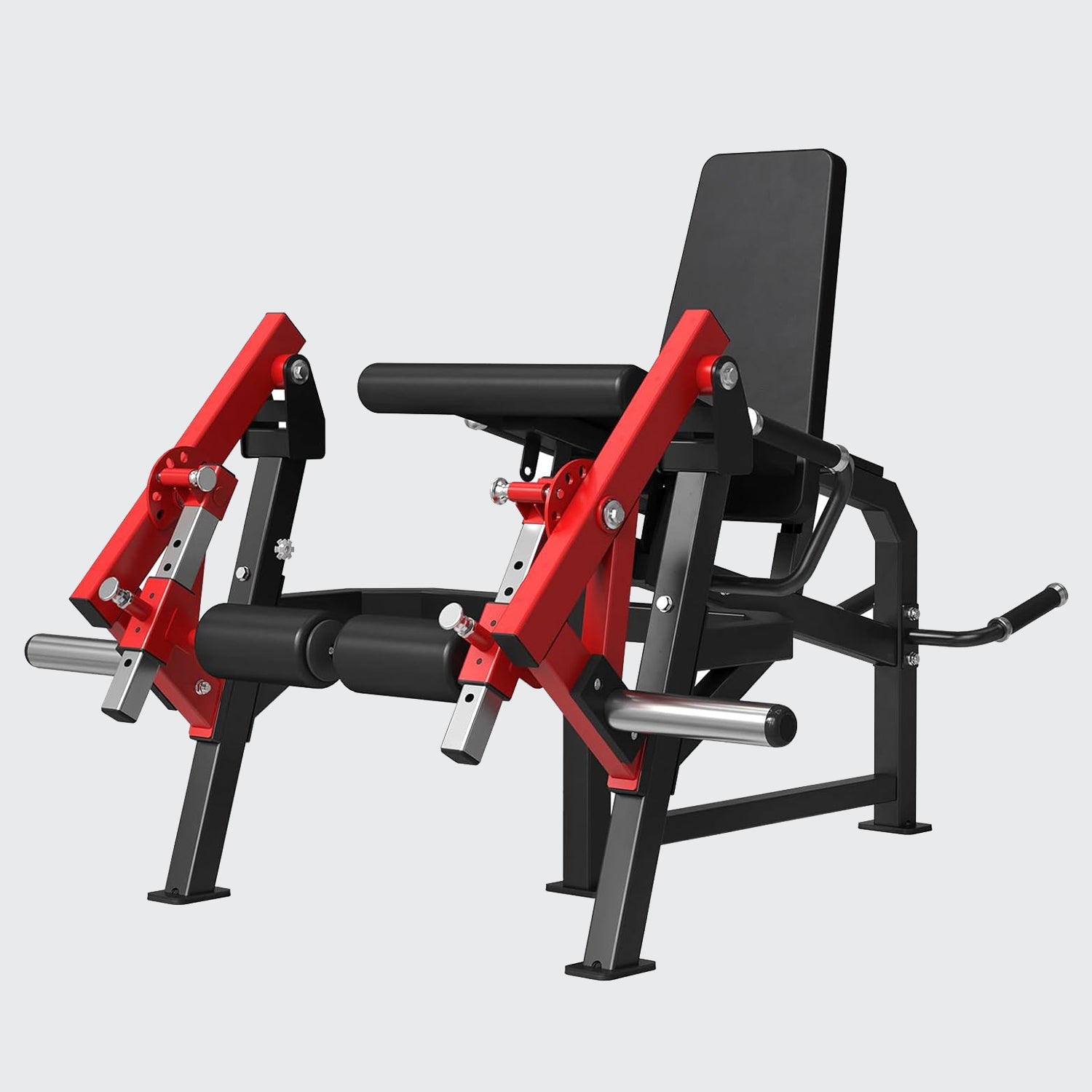
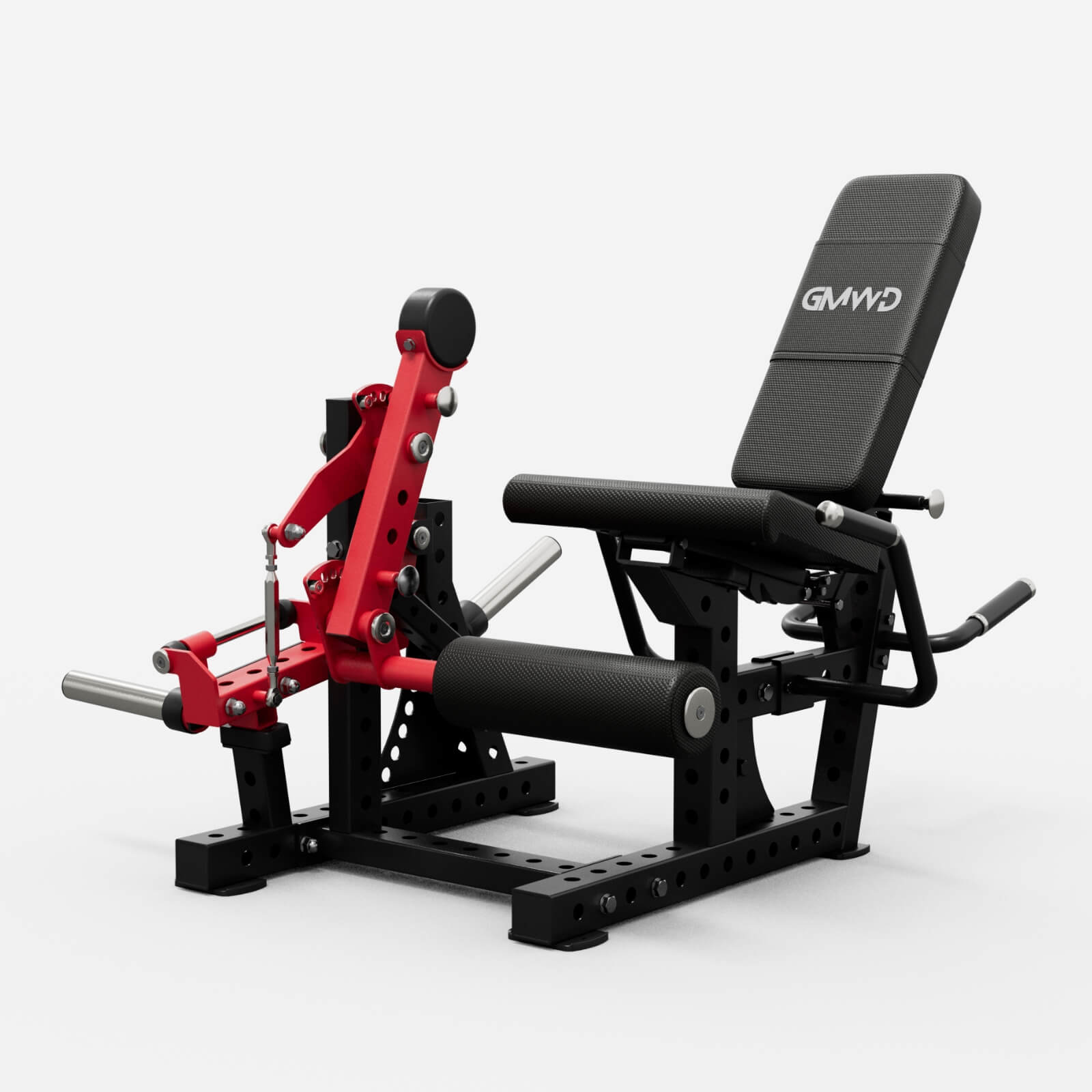
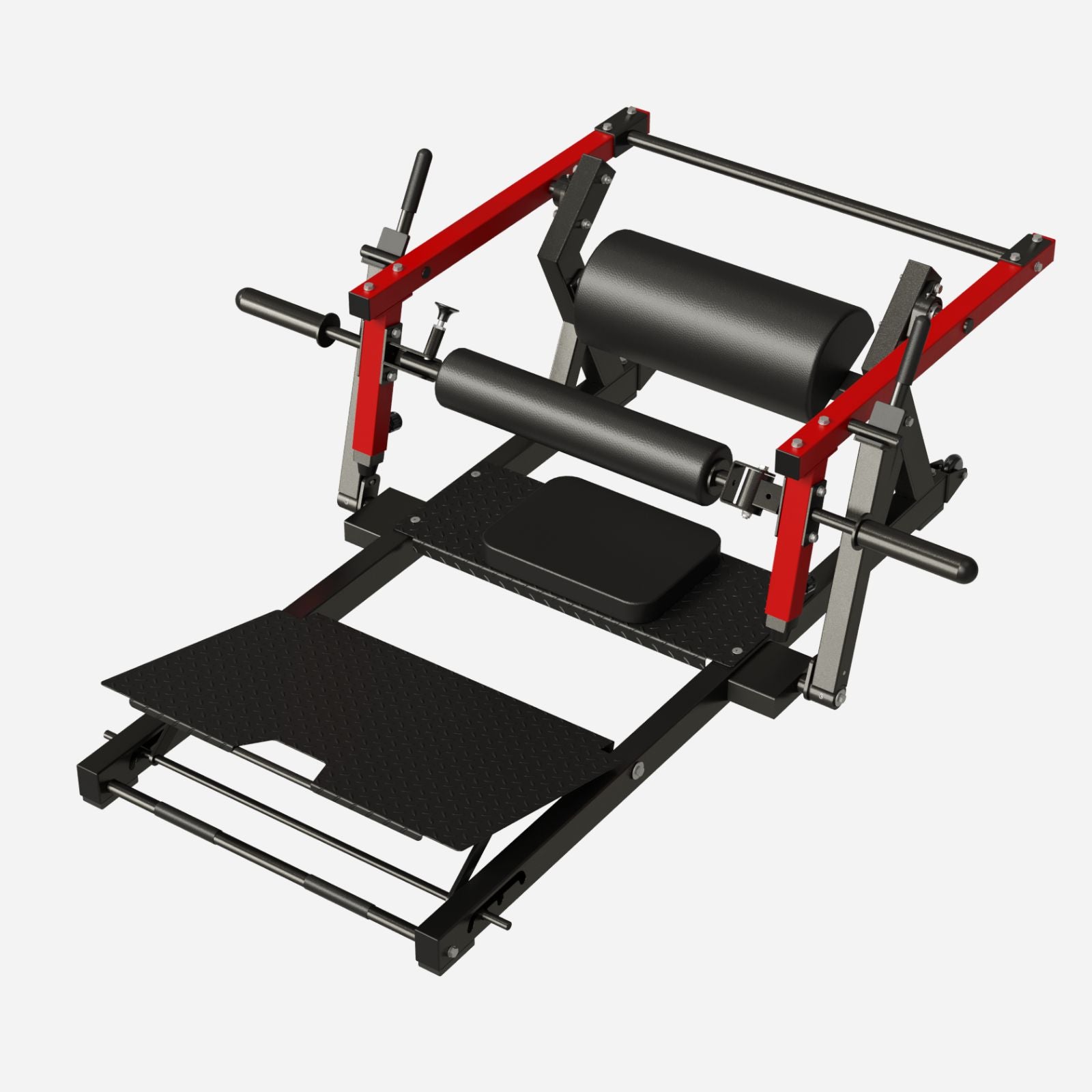
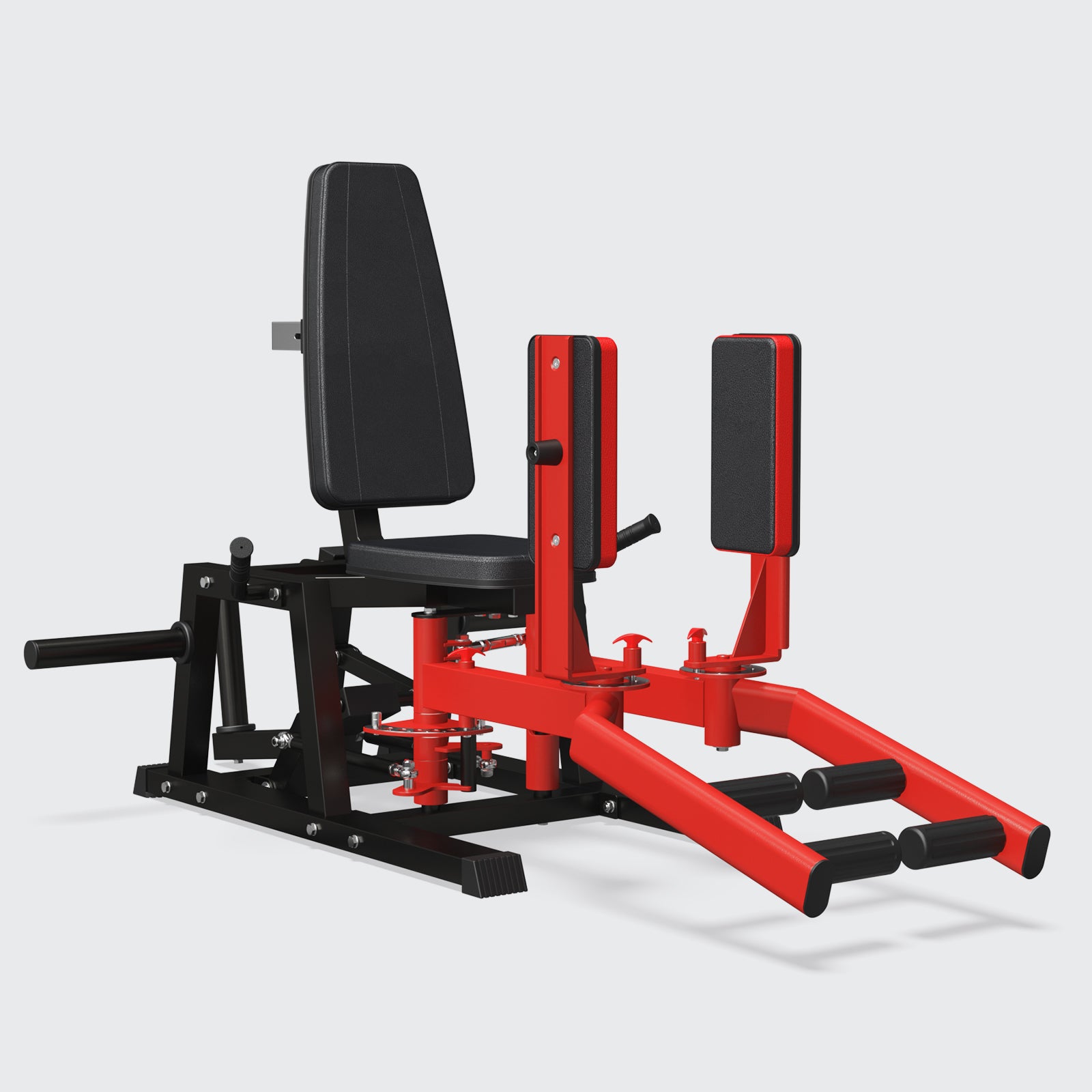


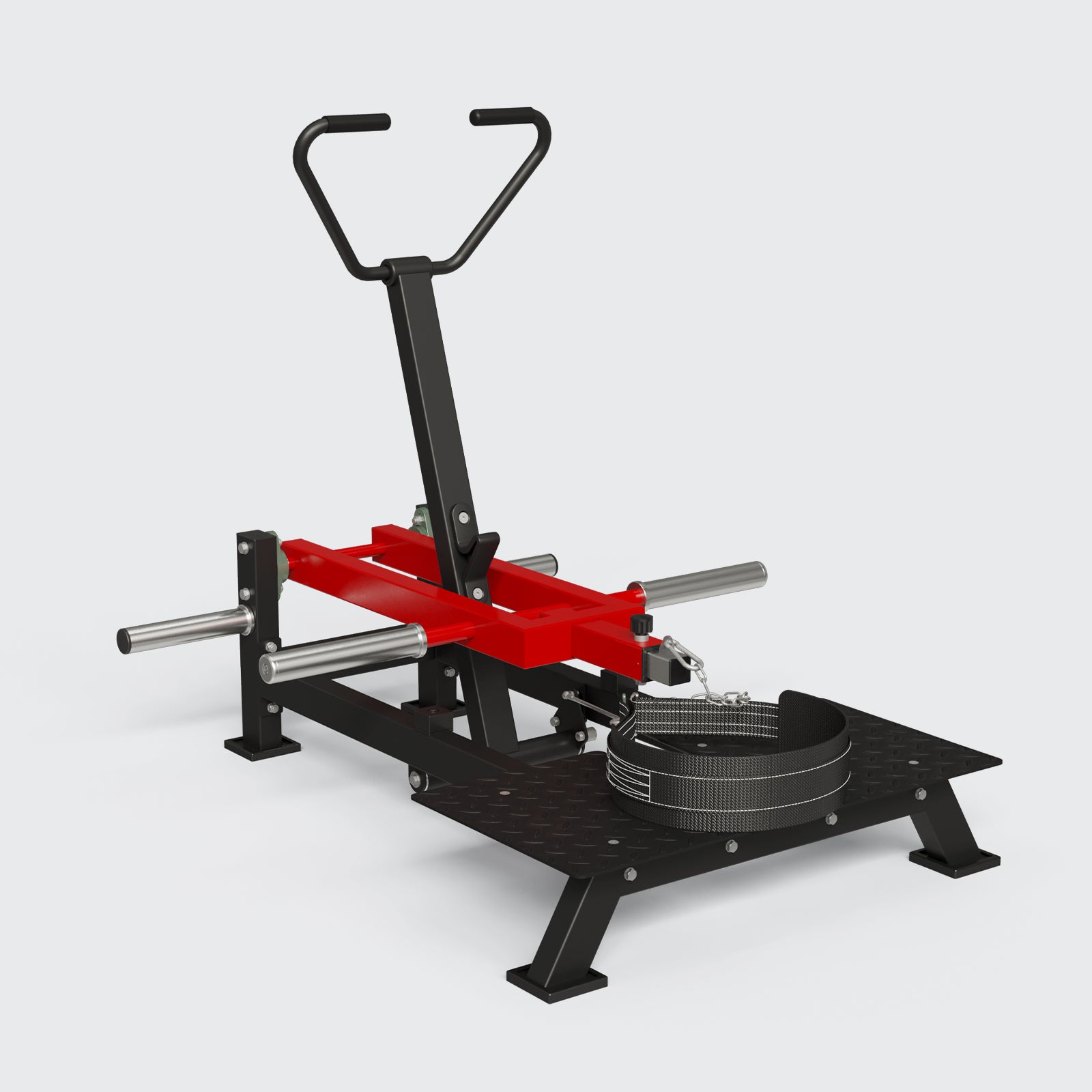
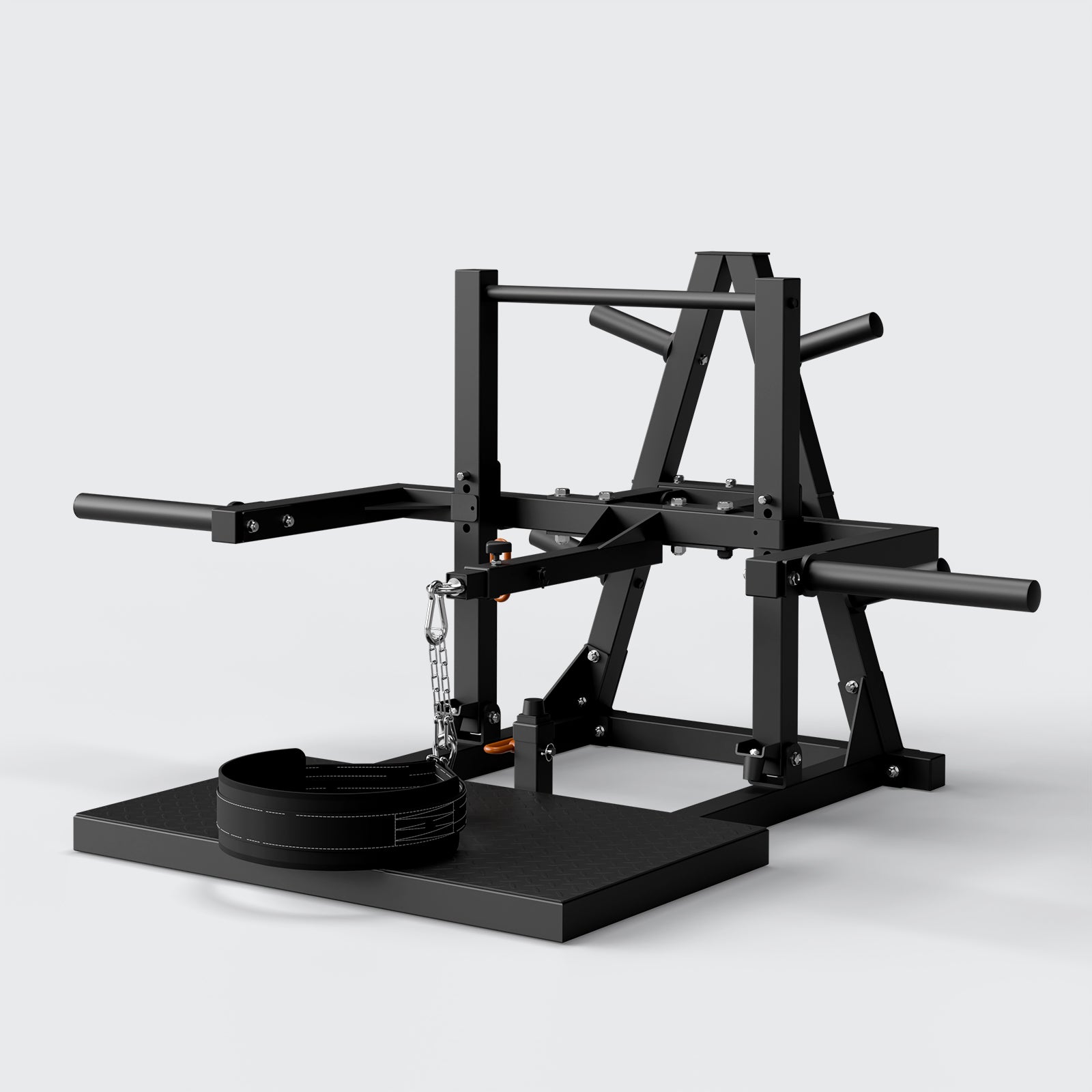

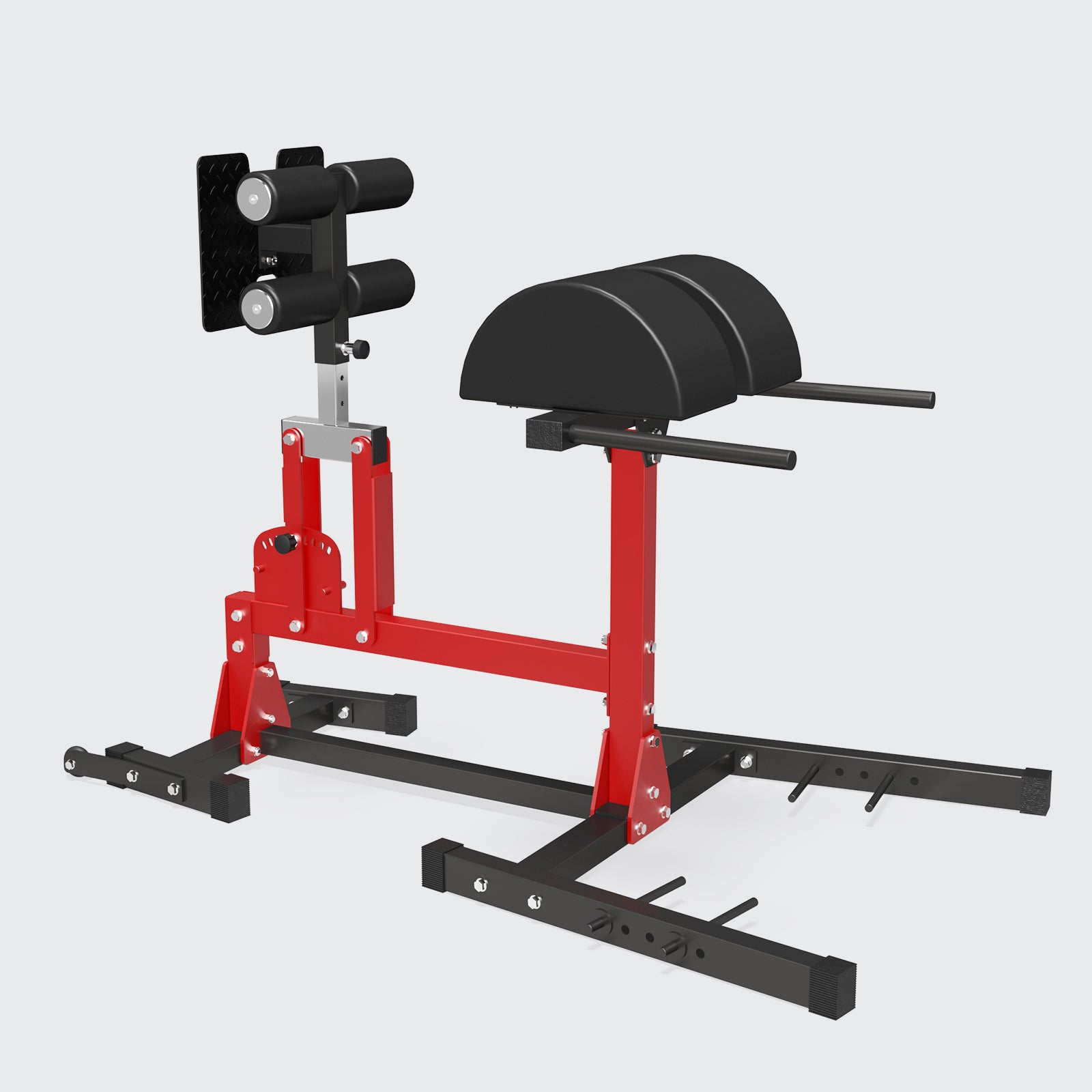

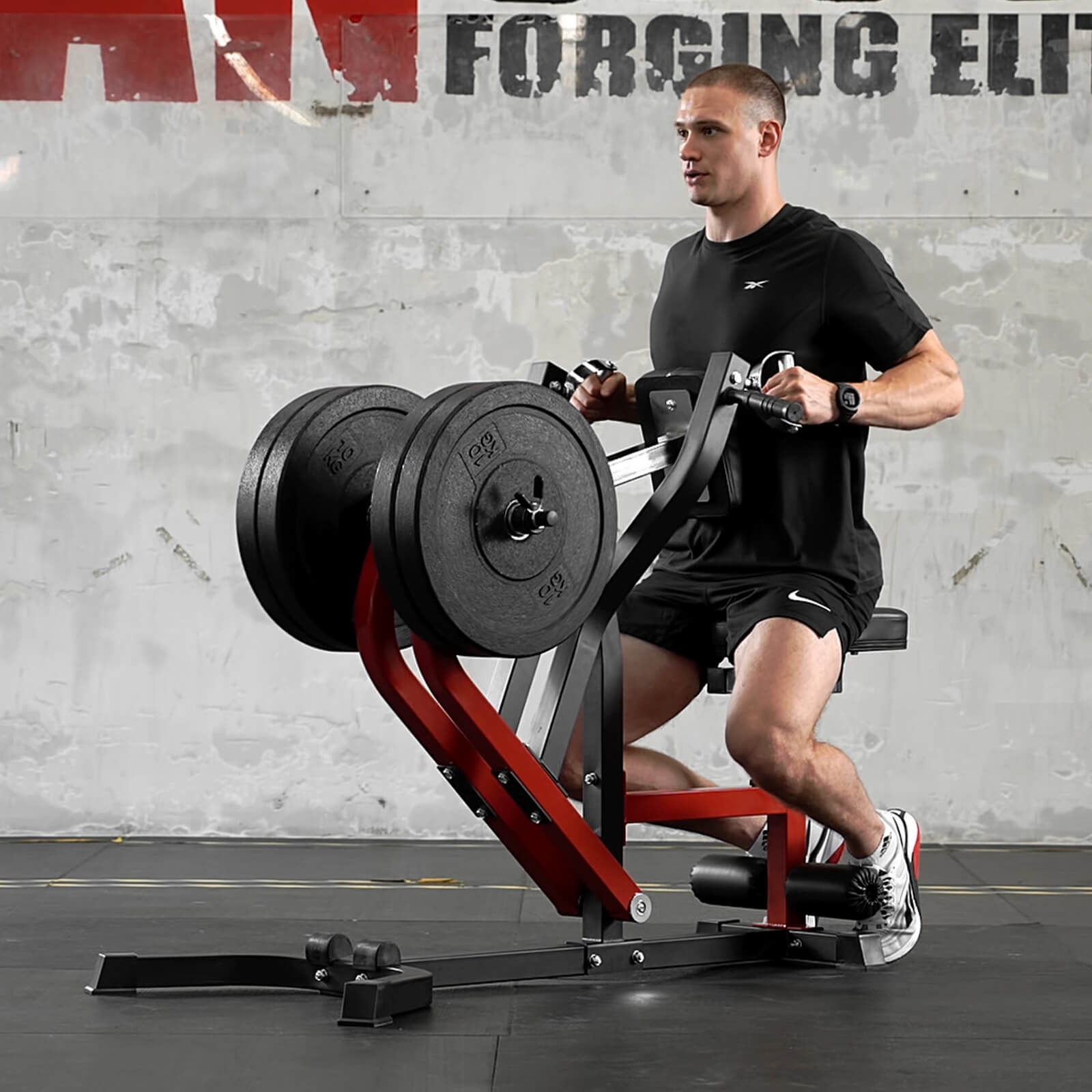
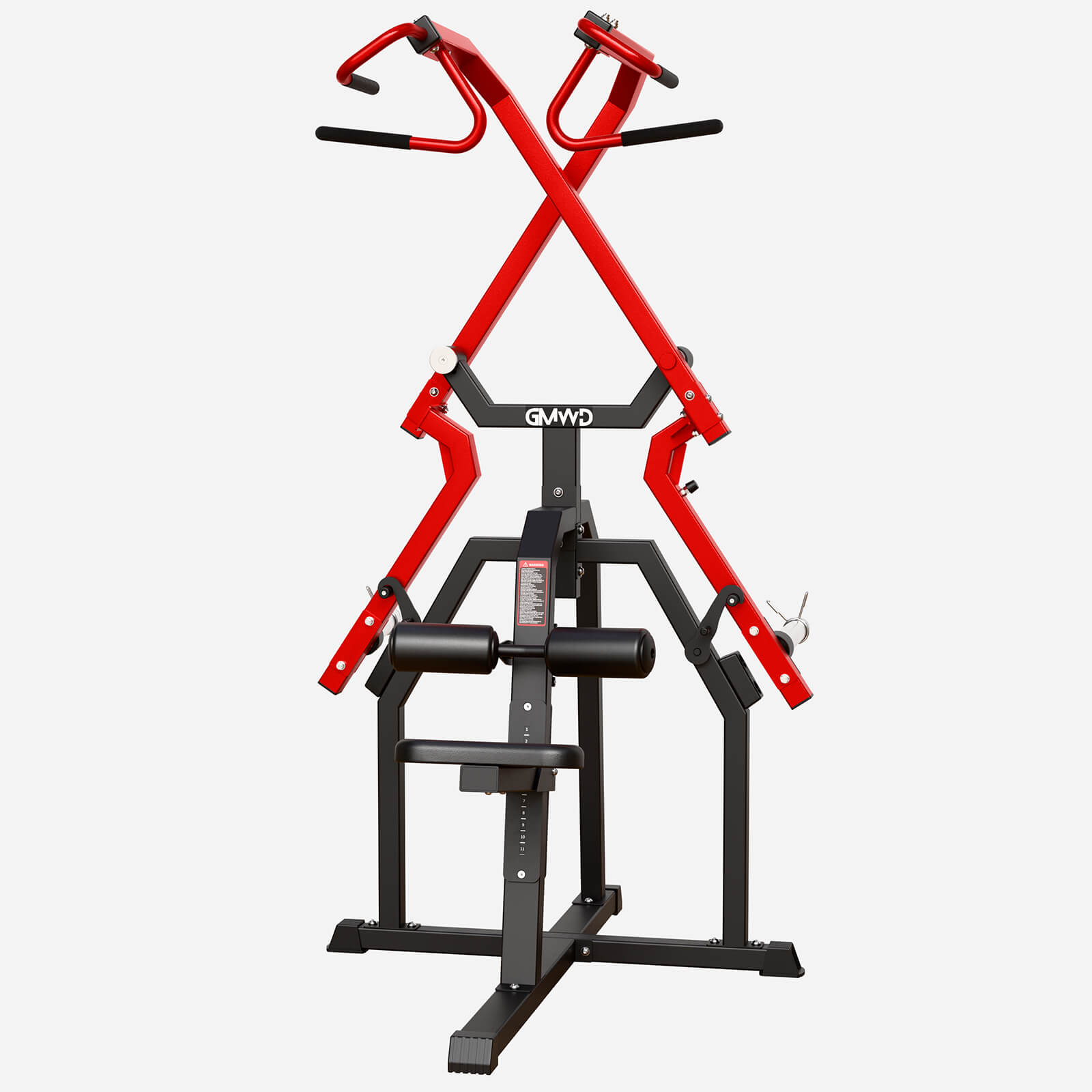
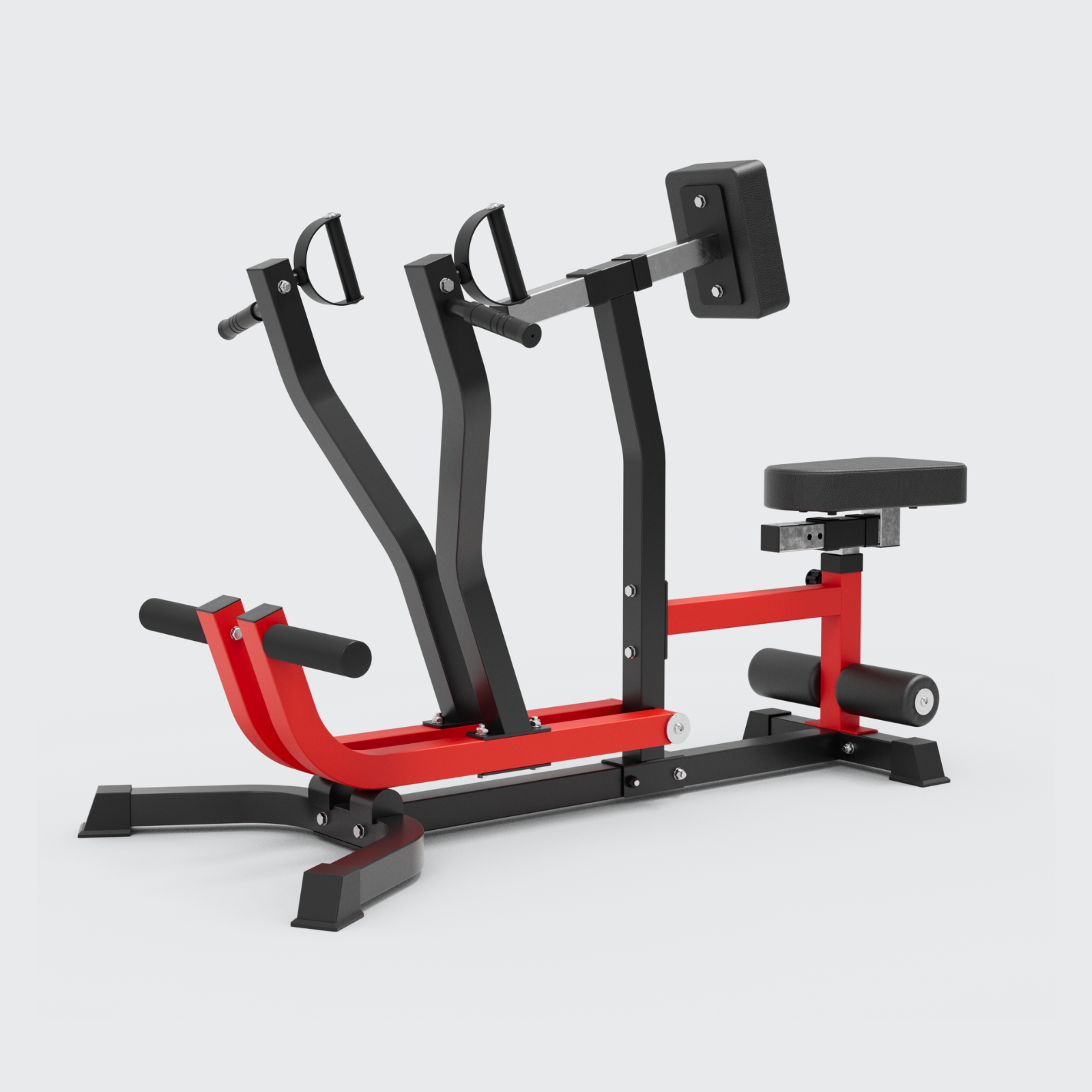
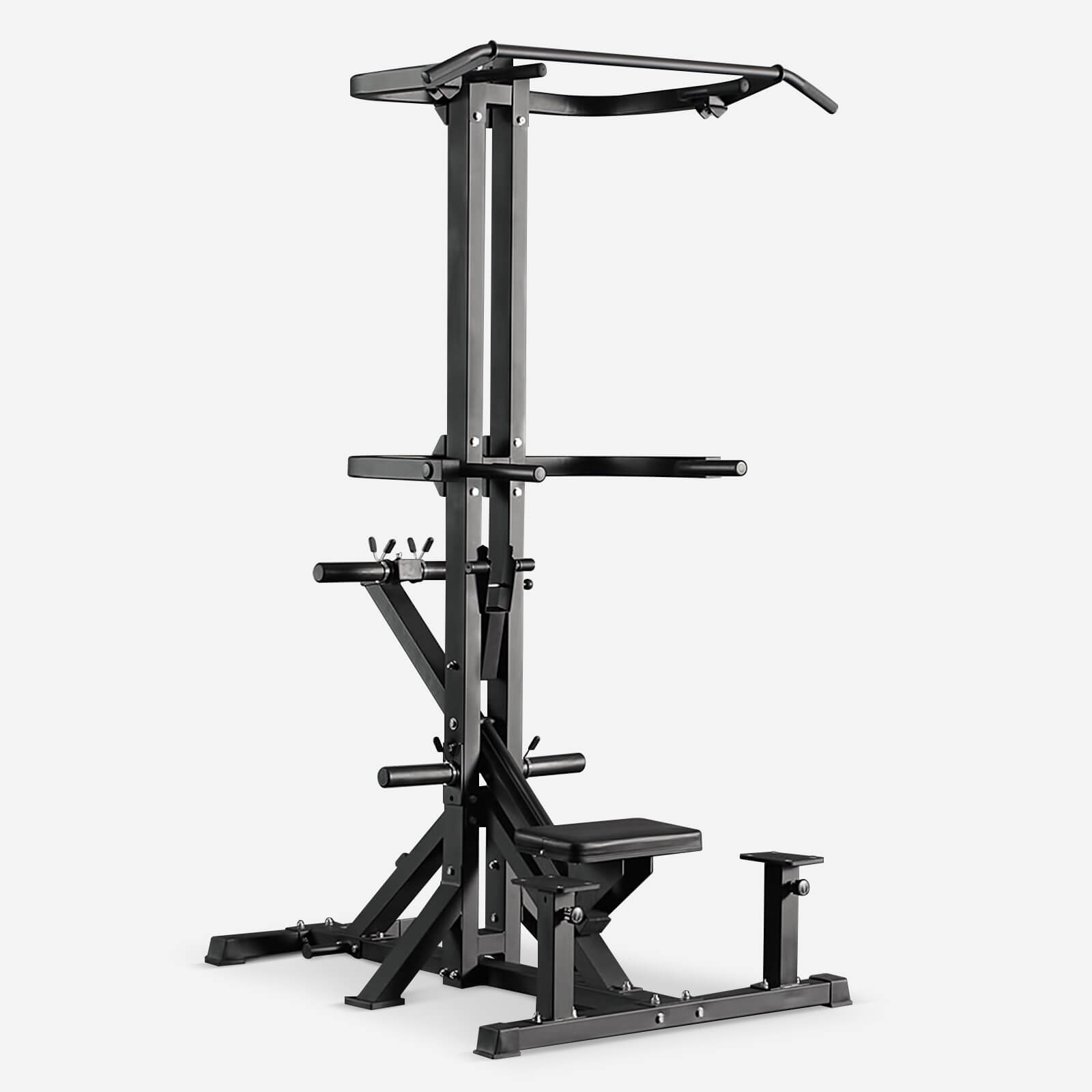

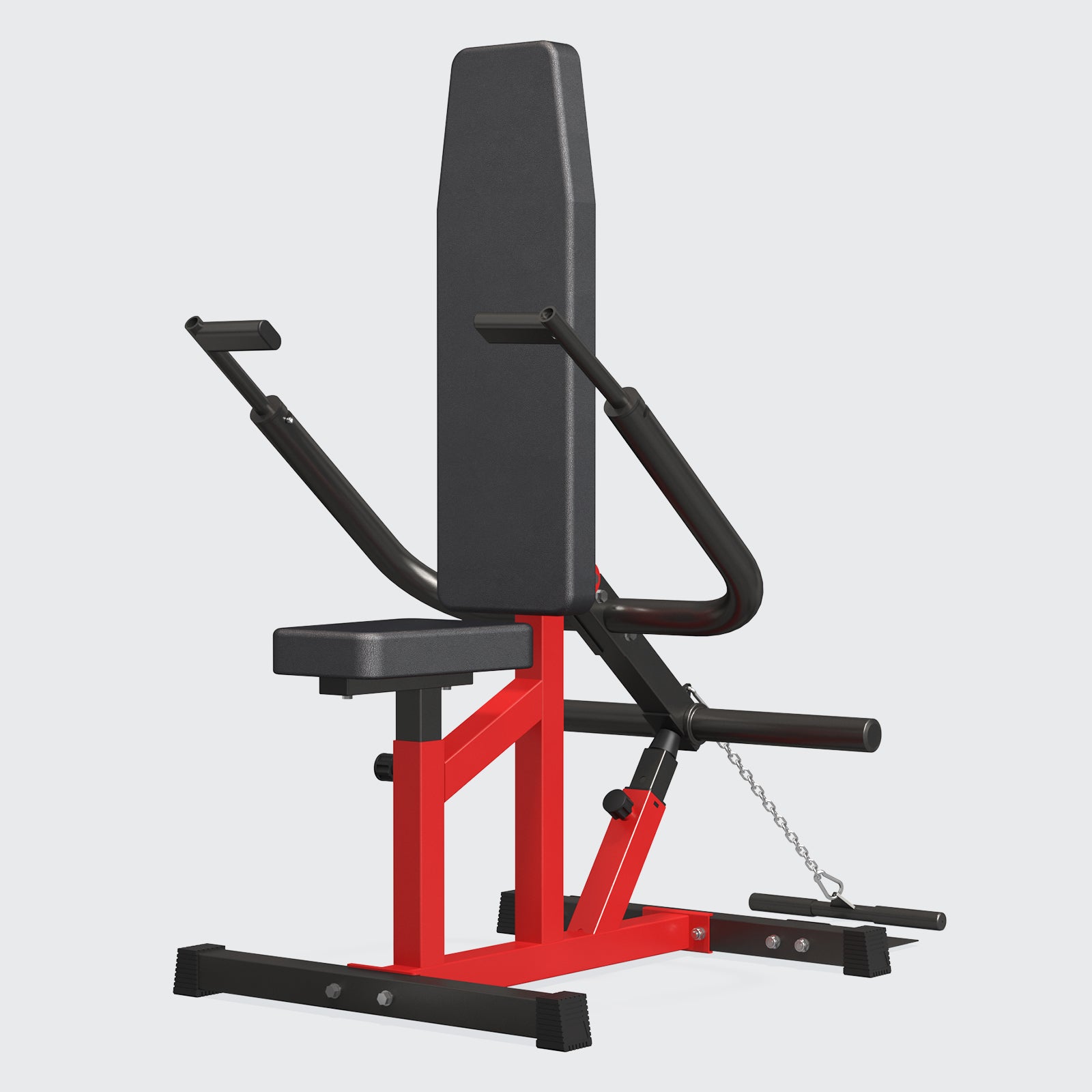
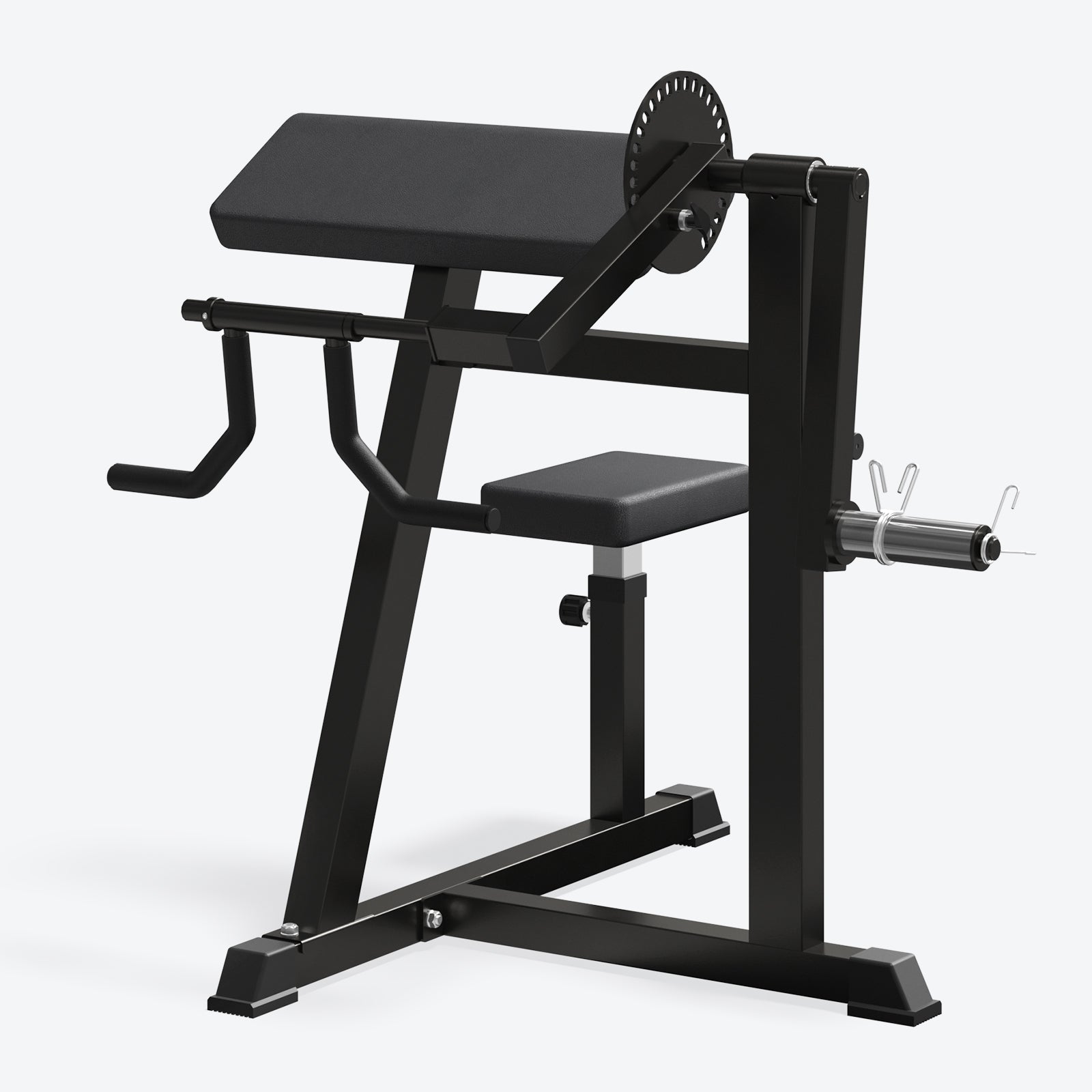
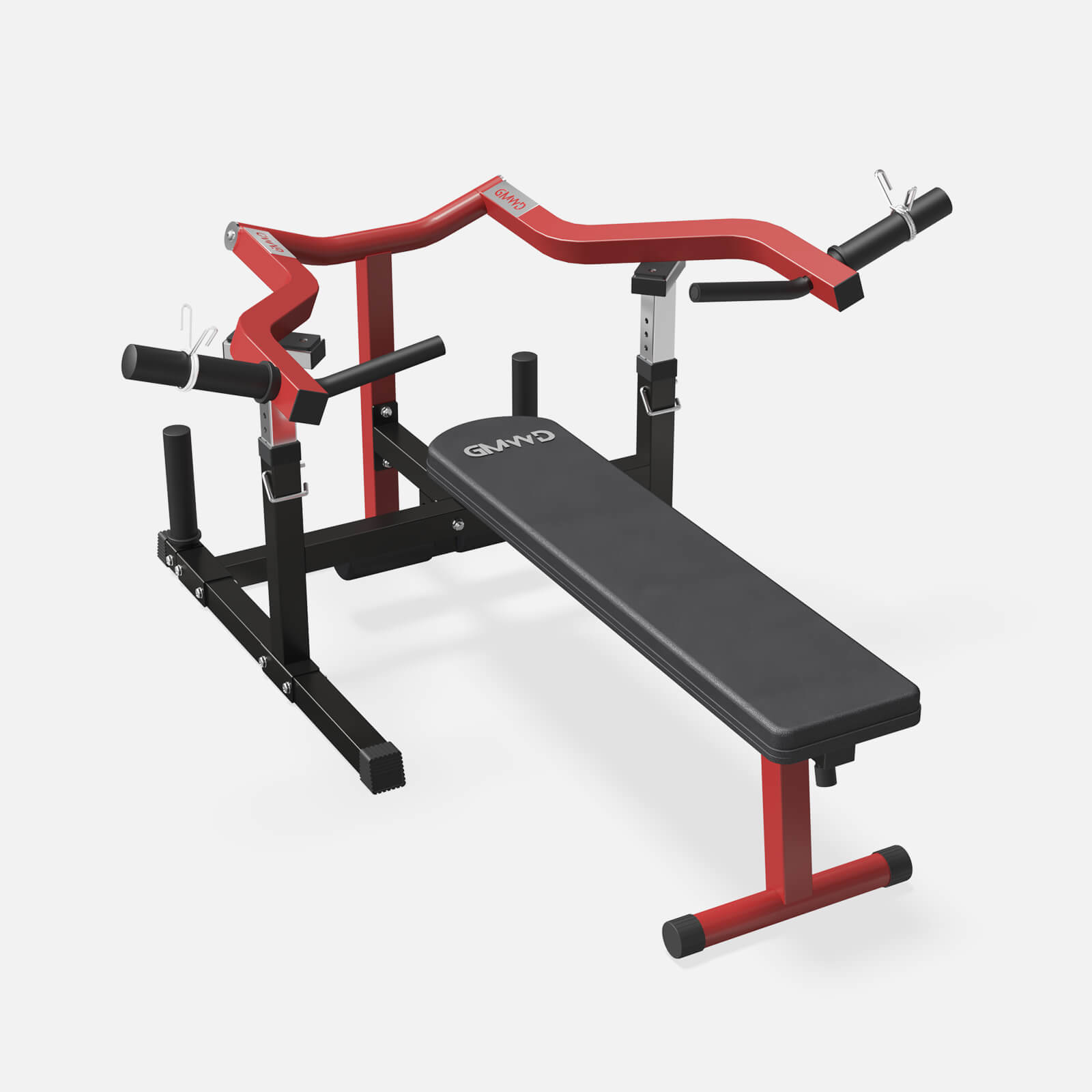
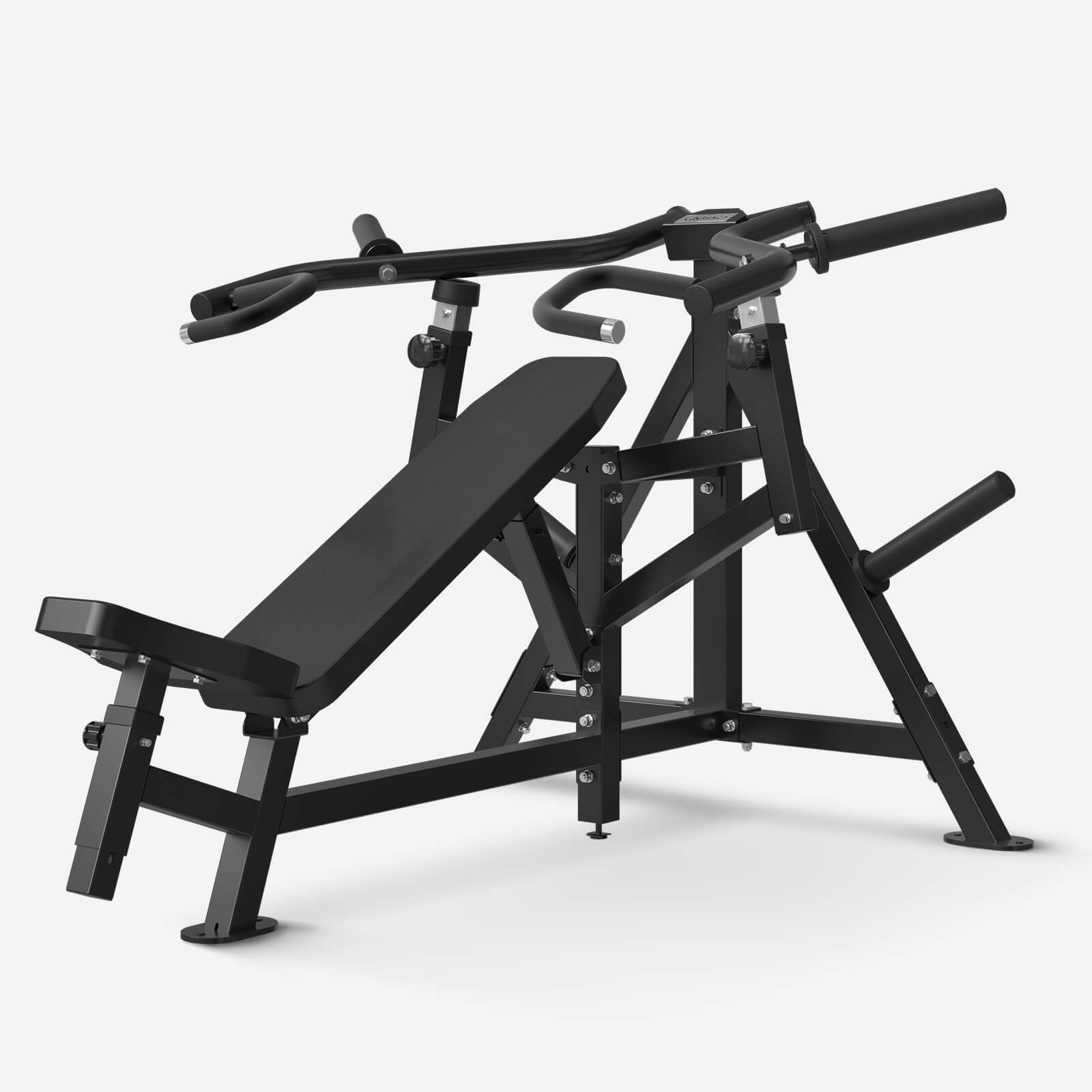
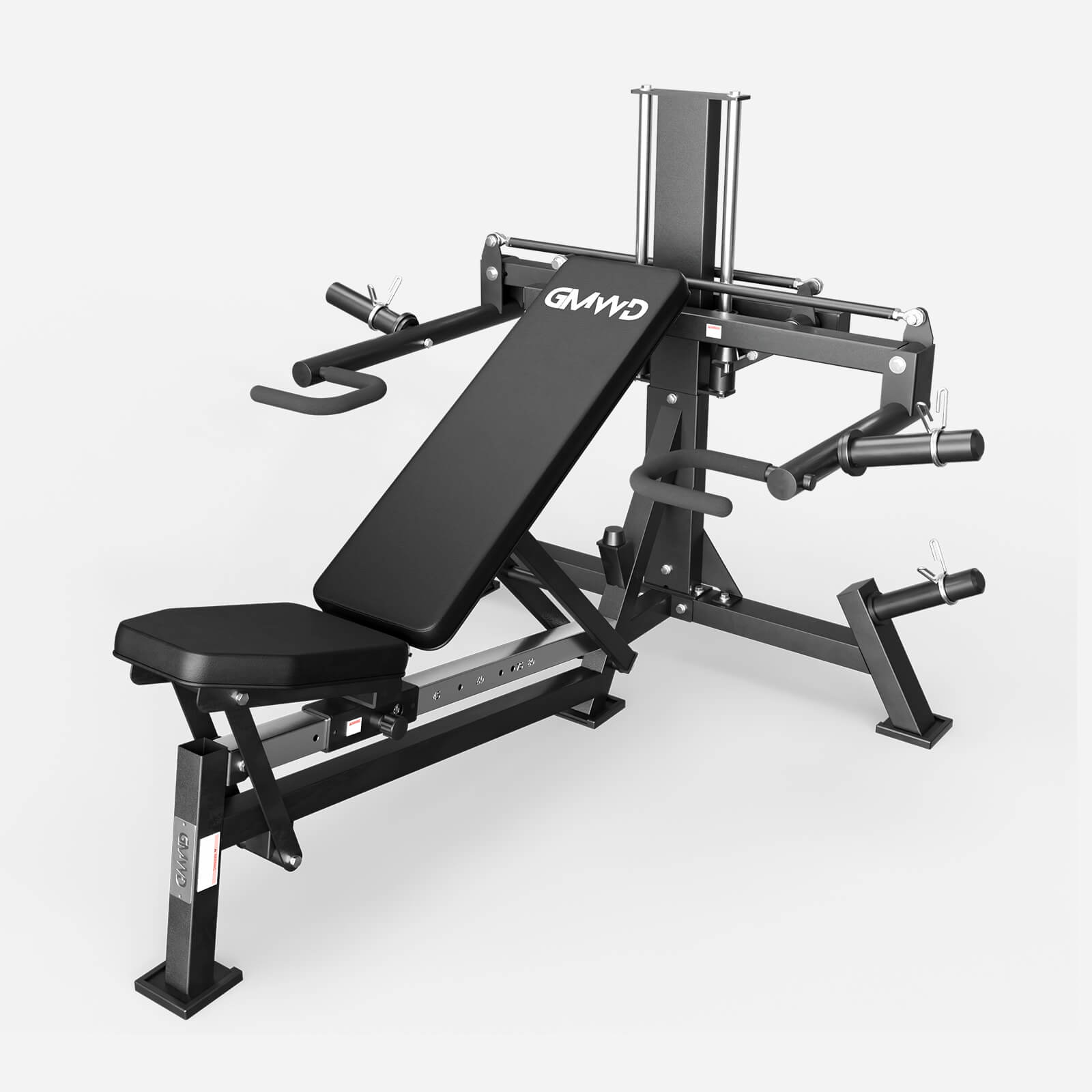
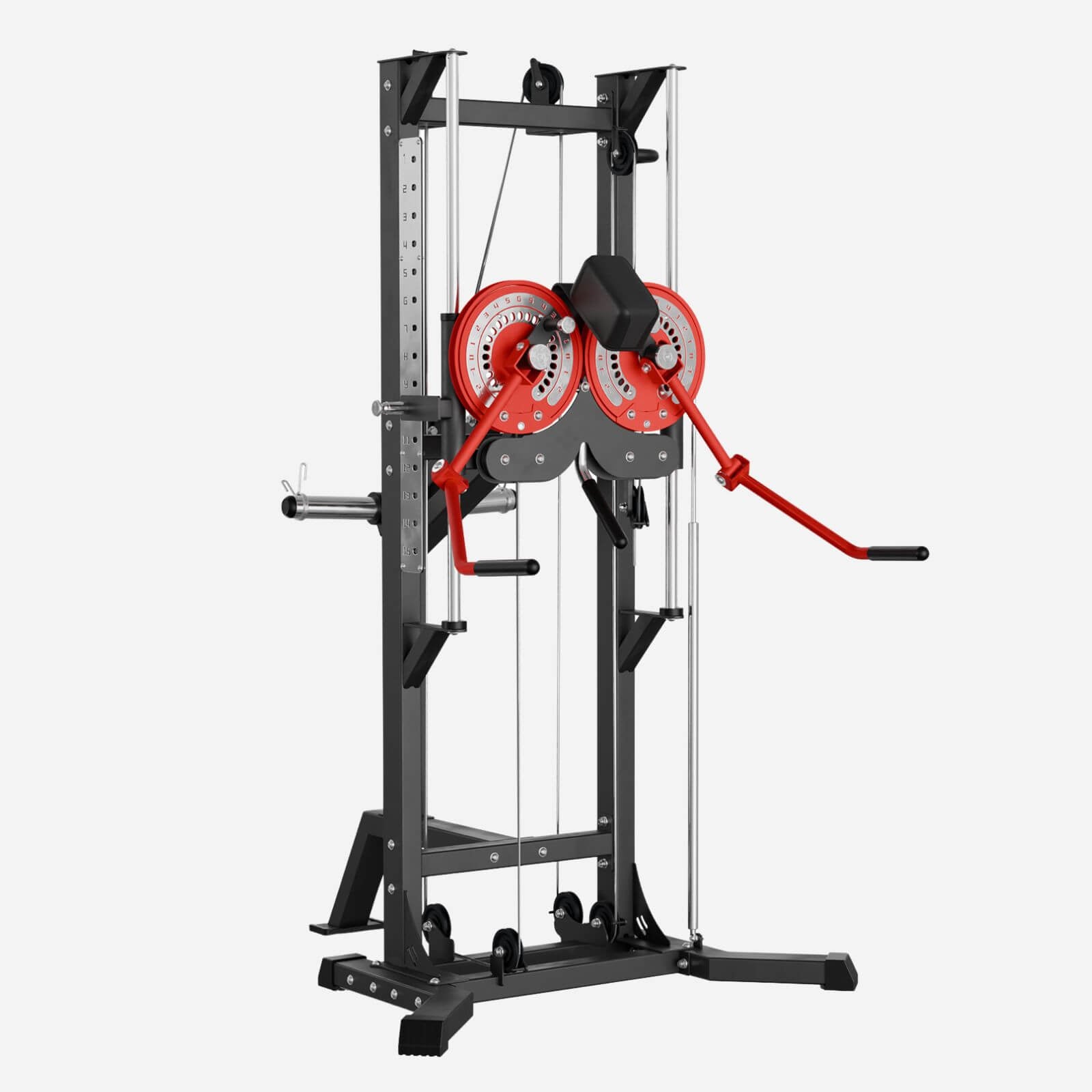

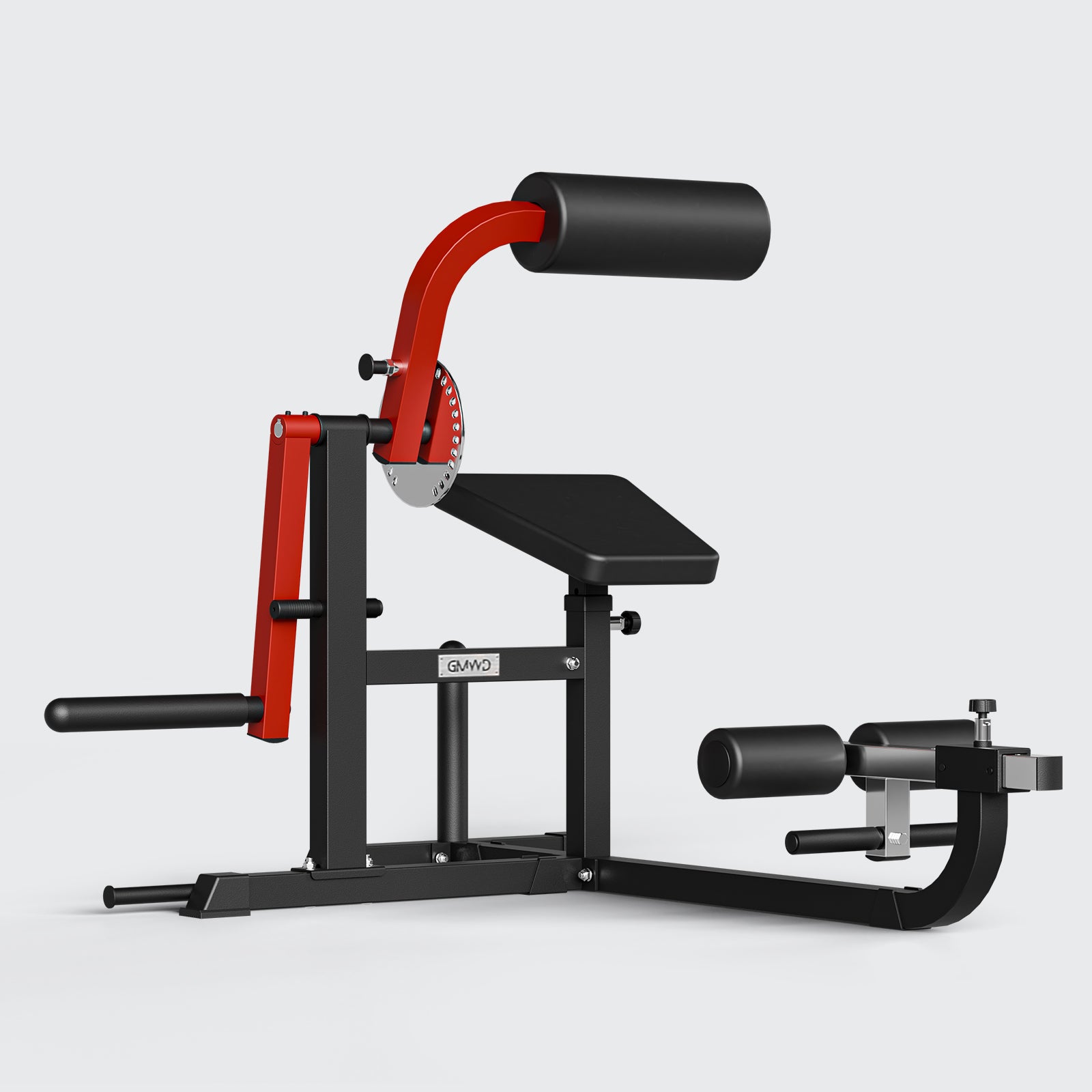
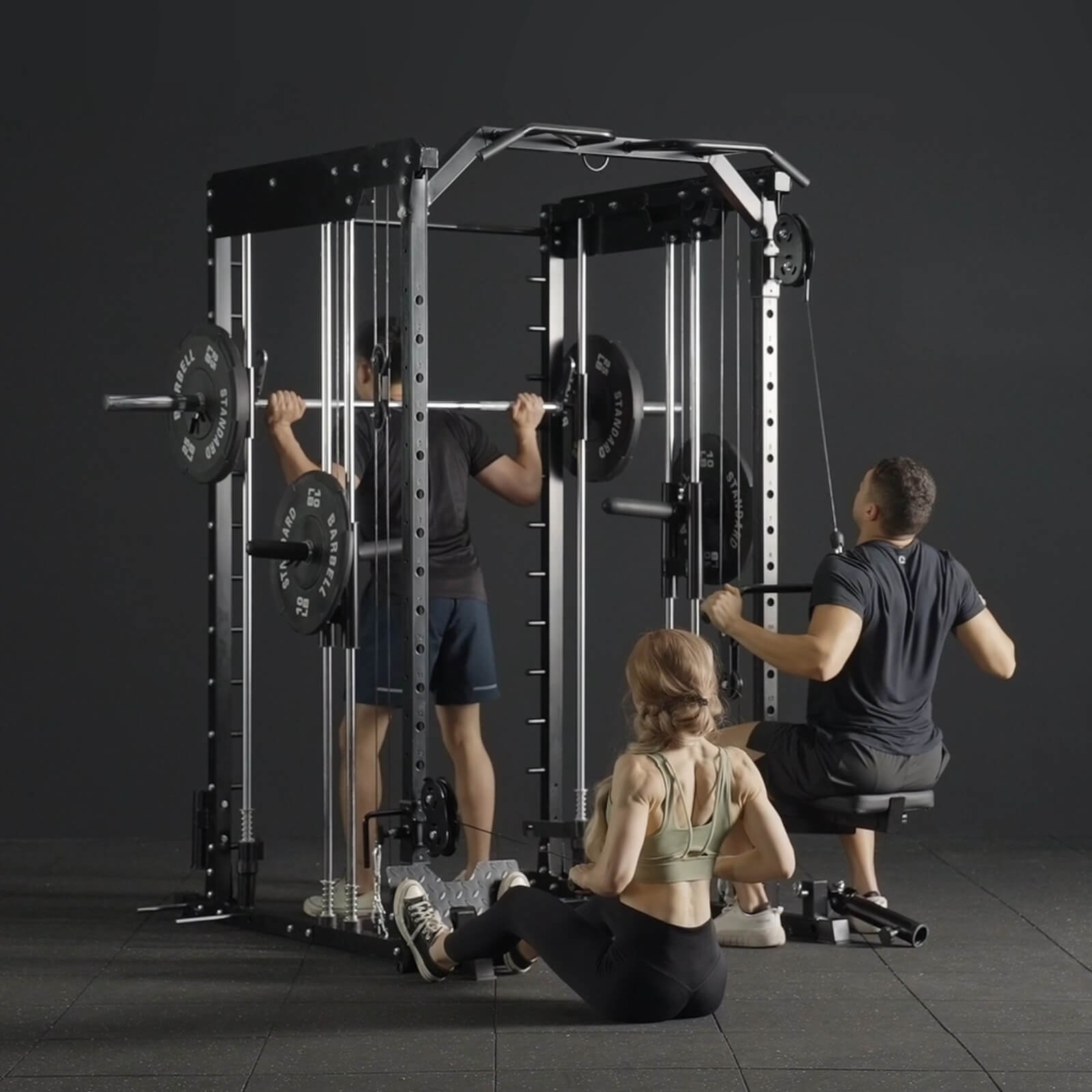
Leave a comment
All comments are moderated before being published.
This site is protected by hCaptcha and the hCaptcha Privacy Policy and Terms of Service apply.